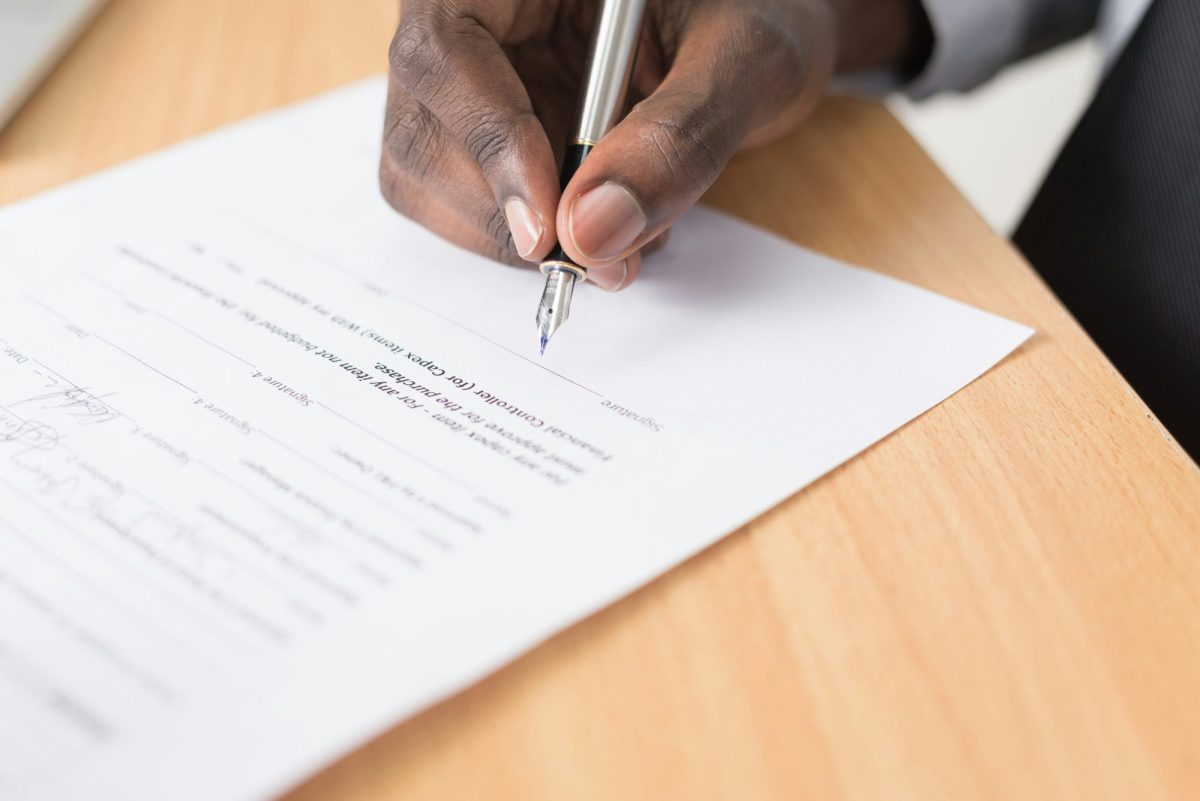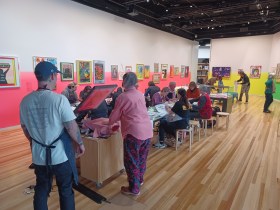Intellectual property (IP) might sound like legal jargon best left to the experts, but for artists, it’s a fundamental tool of your trade. Whether you’re a visual artist, playwright, musician or designer, understanding and protecting your IP is key to securing recognition, income and legacy.
From commissions and collaborations to licensing and estate planning, here’s what every artist should know about managing IP.






